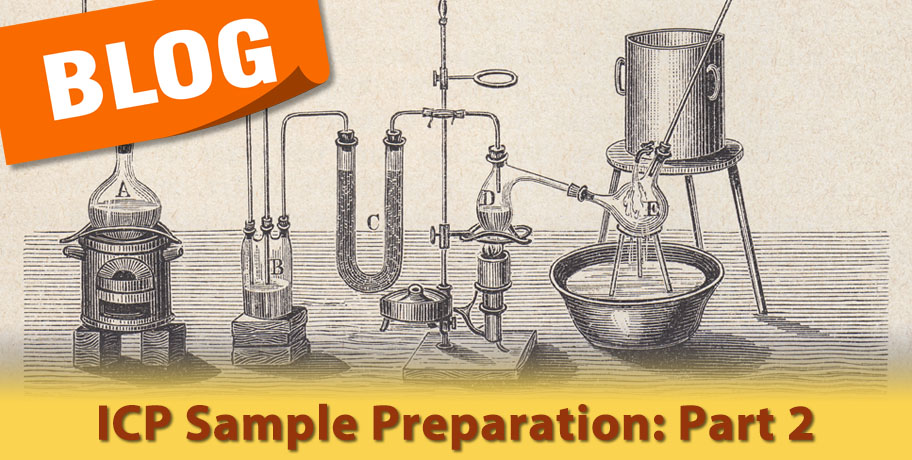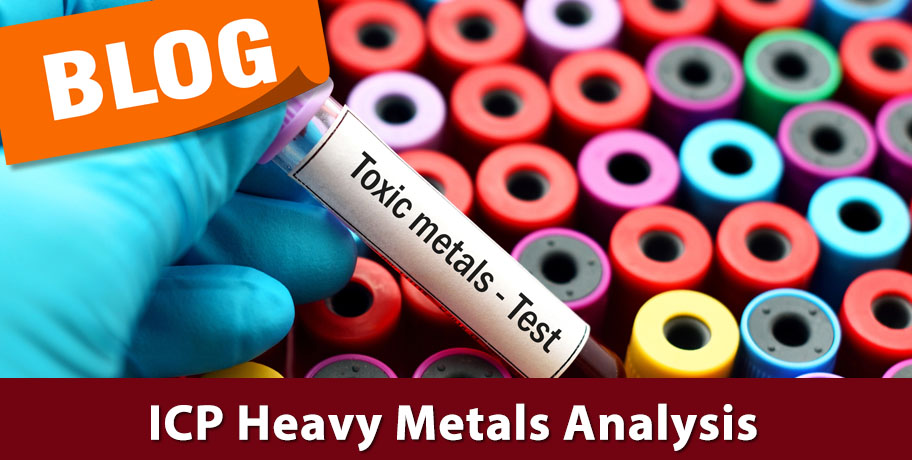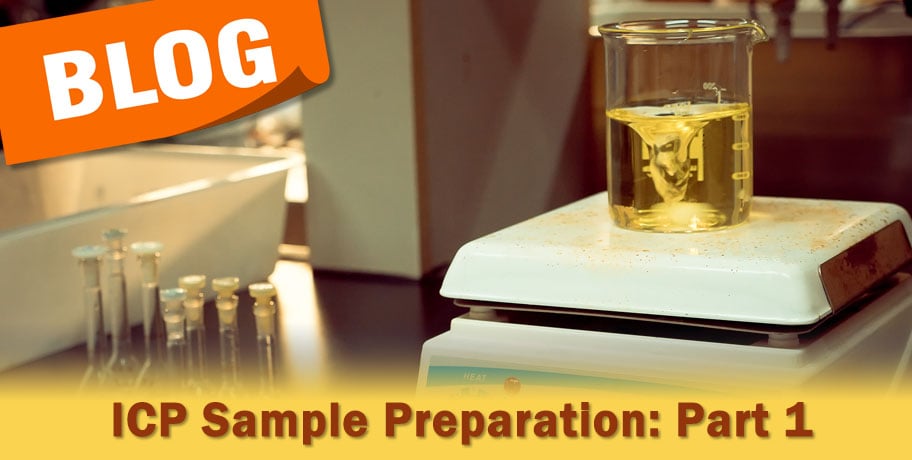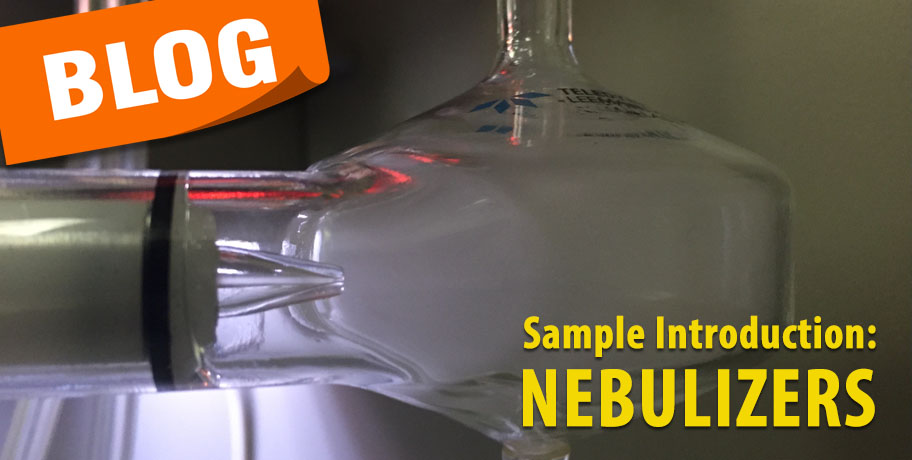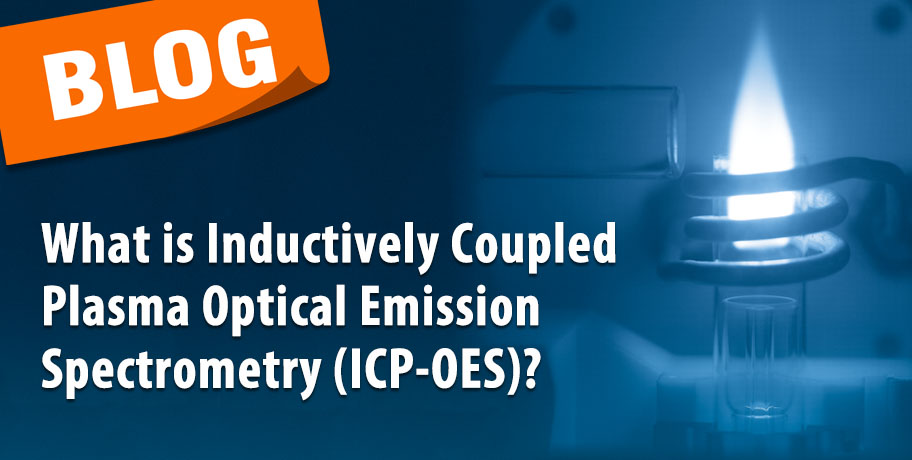In this edition of the blog, we will continue to examine various methods of sample preparation.
Dry Ashing
Samples containing a high percentage of organic matter (biologicals and foodstuffs, for example) can be prepared by a procedure known as "dry ashing" With this technique, an amount of sample is heated in a crucible over a flame or in a muffle furnace. The use of a muffle furnace is preferred as it permits greater control of the temperature. The sample residue is then dissolved, and the analysis is performed.
Read More
